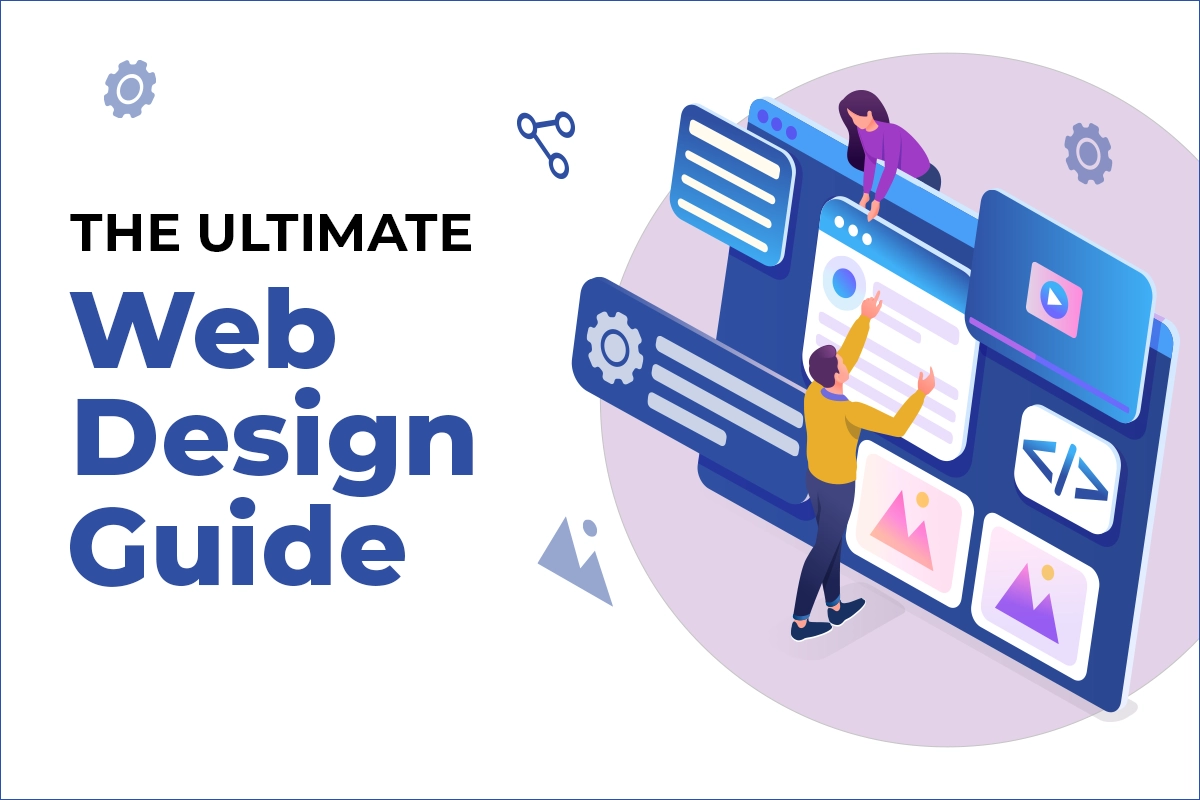Front-End Development Trends in 2025: What Every Developer Should Know
27 August 2025

In today’s digital world, a beautiful website is not enough—visibility on search engines is what drives traffic and conversions. With Google’s algorithms evolving every year, web developers must understand how to build SEO-friendly websites that not only look great but also perform well.
Here are 10 best practices for SEO in web development that you should follow in 2025:
Use Semantic HTML5 – Proper tags (header, article, footer, section) improve SEO and accessibility.
Mobile-First Design – With mobile devices dominating traffic, responsive design is non-negotiable.
Fast Page Speed – Optimize images, enable lazy loading, and leverage caching for better Core Web Vitals.
Structured Data (Schema Markup) – Helps search engines understand your content and show rich snippets.
Clean URL Structures – Human-readable and keyword-rich URLs improve both SEO and user experience.
Accessible Design (A11Y) – Alt text, ARIA roles, and keyboard navigation are vital for inclusivity and SEO.
Secure Websites (HTTPS) – Security signals matter for both Google rankings and user trust.
Content Optimization – Keywords, meta tags, headings, and internal linking all contribute to visibility.
Server-Side Rendering (SSR) – Frameworks like Next.js ensure search engines can crawl dynamic content.
Continuous Performance Monitoring – Use tools like Google Lighthouse and PageSpeed Insights to optimize continuously.
By implementing these practices, developers ensure websites are not just functional but discoverable, fast, secure, and future-proof. An SEO-friendly site gives businesses a competitive edge, helping them rank higher, attract organic traffic, and achieve better conversions.